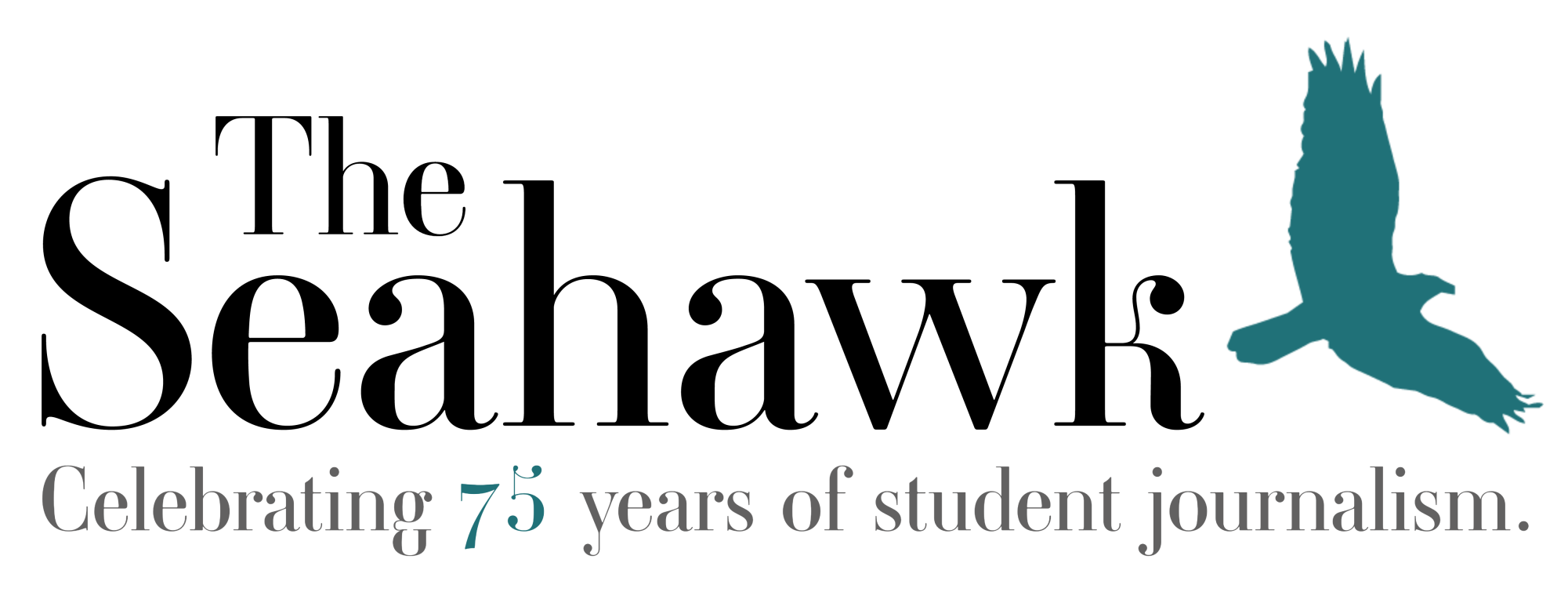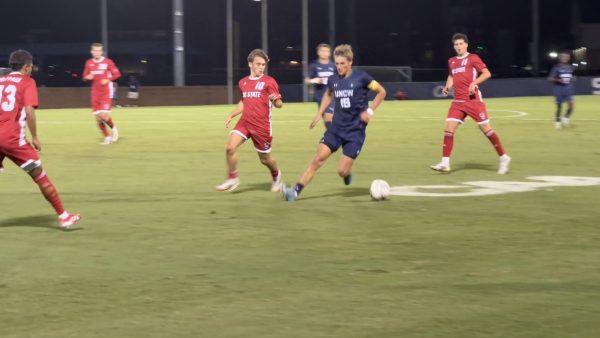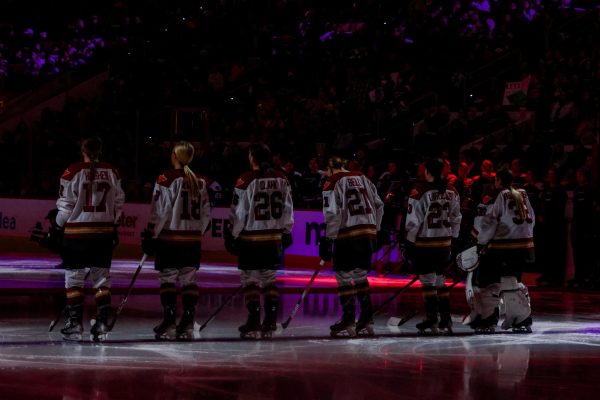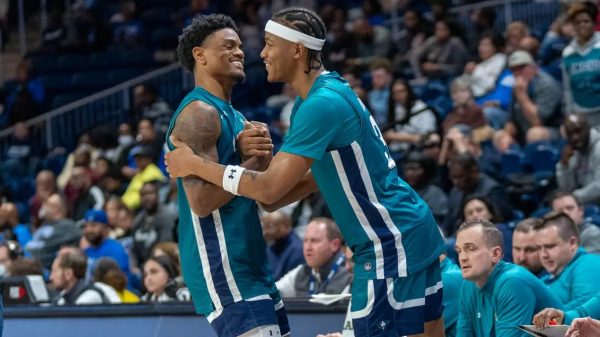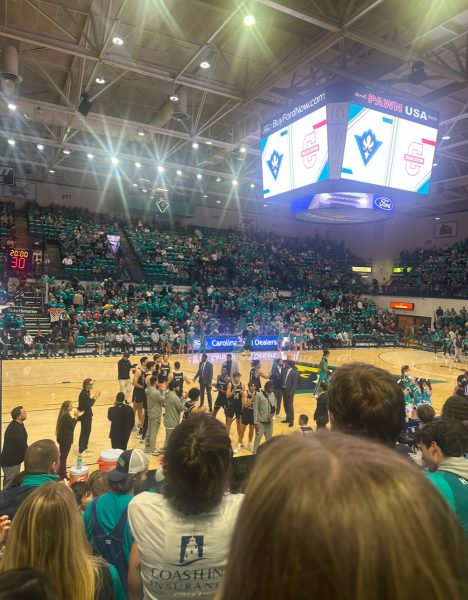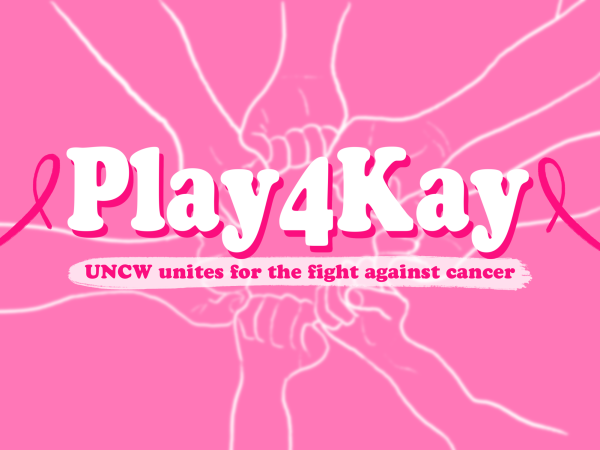An Athlete’s Perspective: Should college players be paid
Editor’s Note: Mat Batts is a redshirt sophomore on the UNCW baseball team. The southpaw pitcher provides a unique athlete’s perspective.
A free ride doesn’t seem to cut it anymore. Full athletic scholarships are falling short in regards to covering an athlete’s entire cost to attend school, leaving the athletes and families to pick up the rest. Student-athletes across the nation are taking a stand, and quite surprisingly, they have been heard.
NCAA President Mark Emmert recently proposed that conferences should have the option to include a $2,000 payment to the scholarships that are divvied out by the individual teams each year.
This proposal aims to cover the expenses a student faces while in college that aren’t always met by the standard scholarships, which include tuition, room and board, books, and supplies. Expenses can cover any wide range of university charges and have left athletes looking elsewhere for funds that aren’t covered by a scholarship that was advertised as a full ride.
Aside from resentment towards covering additional charges, many athletes have also expressed a feeling of being used. The NCAA profits billions of dollars annually from media contracts, ticket sales and promotional events. The biggest source for the astronomical income, however, comes from the fact that they don’t have to pay a dime to their most essential employees: the players.
This fact is inevitably going to change in the near future, but the problem lies in how to compensate athletes fairly while maintaining their status as amateurs. After studying both sides of the argument extensively, I have broken down the most logical solutions.
Yearly $2,000 cash payment, paid for by the respective conferences
Playing an NCAA sport is a full-time job. Between practice, weights, conditioning, meetings and on-campus team obligations, playing a sport leaves athletes with little time to do much of anything else. Throw on top of this the academic responsibilities of a student, and you are left with virtually no recreational time. This time commitment presents many athletes with a huge issue as a great number of them are forced to pick up personal payments such as gas, phone bills and off campus meals.
General students face these problems with part-time jobs and have the ability to cover the payments that might not be afforded by their parents. Athletes don’t have this option, and thus must be compensated otherwise for the money that they could be making through a part-time job. A yearly $2,000 payment would cover these expenses. The money would be given to student-athletes as a cash payment from each school’s respective conference, filling the financial void of part-time job income.
Post-Career Heath Plan
Injuries are a common occurrence in collegiate athletics. From the small tweaks and sprains to ligament tears and fractured bones, injuries happen often and generally leave no one to blame. Injuries sustained during competition do, however, deserve the attention and resources provided by athletic training programs for their entirety of their existence.
A post-career health plan would redirect the $2,000 that athletes might be given to a health plan that would ensure rehabilitation services and necessary medication, all on the bill of the school that an athlete graduates from. This option would put an end to football players paying for medical services required for lingering pain and immobility from injuries sustained in college.
It would give former players the opportunity to take advantage of the ever-growing advances made in collegiate athletic training, while making player health an evident priority of NCAA officials.
Graduate School Lock Box
The last half of the NCAA’s mission statement is “to integrate intercollegiate athletics into higher education so that the educational experience of the student-athlete is paramount.” There is an emphasis on helping student-athletes graduate with an undergraduate degree. But why not take this to another level? Graduate school degrees are almost a necessity for anyone looking to start well in the job market, so why shouldn’t all student-athletes be encouraged to get the highest possible education?
Creating a grad school lock box would consist of placing compensation money, presumably $2,000 each year, into an account that would accumulate during an athlete’s collegiate career and be waiting, in full, for student-athletes to use towards graduate school. This, of course, would not work perfectly for all student athletes because, inevitably, some students cannot graduate within the four-year window that most athletic eligibility lasts.
The lock box would then be opened for the student athlete to access in order to pay for the remainder of the undergraduate tuition. In the event that an athlete graduates with an undergraduate degree and chooses not to pursue graduate school, the money in their account would be donated to the athlete’s respective sport as a donation in their name.
Athletes would be given a five-year window to begin their graduate school studies, at which point the money would be forfeited and given as a donation. This lock box would allow student-athletes to put their compensation towards their own futures if they choose, and if not, it would go towards their collegiate team.
These options break down multiple ways in which athletes can receive compensation for their athletic services, while still avoiding a paycheck or salary for amateur athletes. Each option presents student-athletes with a beneficial package that would remove any feeling of being taken advantage of and would, in the long run, make the experience of competing in collegiate athletics an even more enjoyable one.

